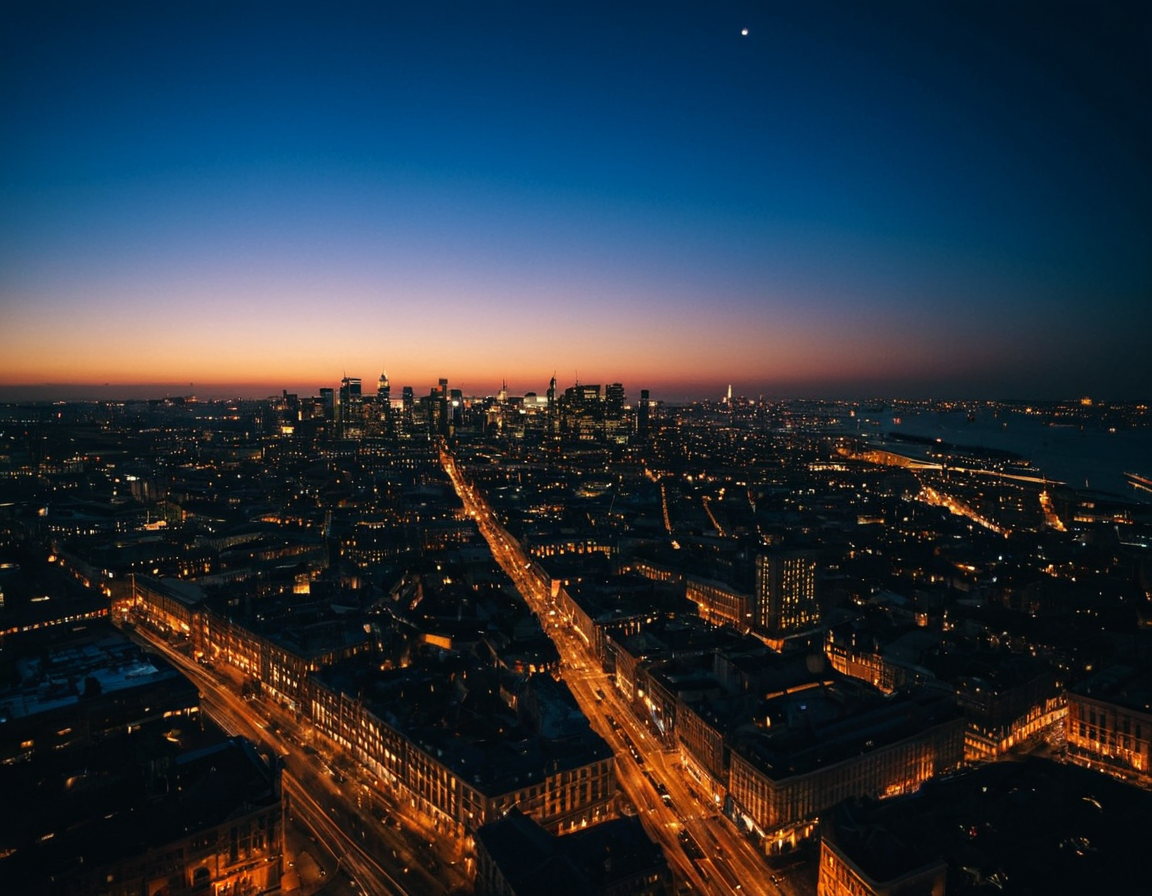Low Light Photography Secrets

Introduction to Low-Light Photography
Photography is an art form that requires skill, patience, and practice. One of the most challenging aspects of photography is shooting in low-light conditions. While many photographers prefer to work with natural light, there are situations where you may find yourself in a situation where flash is not feasible or desirable. In this article, we will explore some best practices for taking great pictures without using a flash.
Understanding Low-Light Photography
Low-light photography refers to the process of capturing images in conditions where the available light is insufficient to produce a well-exposed photograph. This can occur in a variety of situations, such as:
- Indoor events or exhibitions
- At night or in shaded areas
- In areas with heavy cloud cover or fog
- Using slow shutter speeds or large apertures
When shooting in low-light conditions, it’s essential to understand the limitations and challenges associated with this type of photography.
Camera Settings for Low-Light Photography
When working in low-light conditions, you’ll need to make some adjustments to your camera settings to compensate for the lack of available light. Here are some key settings to consider:
- Aperture: A larger aperture (smaller f-stop number) will allow more light into the lens, but it will also increase the depth of field and potentially blur the background.
- Shutter Speed: A slower shutter speed will allow more light in, but it can also introduce motion blur or camera shake.
- ISO: Increasing the ISO setting will amplify the signal to the camera’s sensor, but it can also introduce noise or grain.
Using Reflected Light
One of the most effective ways to add light to a low-light scene is by using reflected light. This can be achieved by:
- Positioning your subject near a light source, such as a window or lamp
- Using a reflector to bounce light onto your subject’s face or body
- Placing a colored filter over the lens to enhance the available light
Additional Tips for Low-Light Photography
Here are some additional tips to keep in mind when shooting in low-light conditions:
- Use a tripod: A stable camera will help reduce camera shake and blur.
- Shoot in RAW: This will give you more flexibility when editing the image.
- Avoid overexposing: Make sure your subject isn’t blown out by the camera’s exposure settings.
Conclusion
Low-light photography requires skill, patience, and practice. By understanding the limitations and challenges associated with this type of photography, and using techniques such as reflected light and careful camera settings, you can take great pictures without relying on a flash. Remember to always experiment and push yourself outside your comfort zone – it’s often the best way to learn and improve.
What are some of your favorite low-light photography tips? Share them with us in the comments below!
Tags
low-light-photography flashless-photo nighttime-shooting dimly-lit-scenes professional-noir
About Isabella Anderson
As a seasoned photographer and educator, I help creatives unlock their full potential on lentecreativa.com. With 3+ yrs of experience teaching photography techniques & tips, I've worked with top brands to develop innovative tools for photographers. Let's chase those shots!
